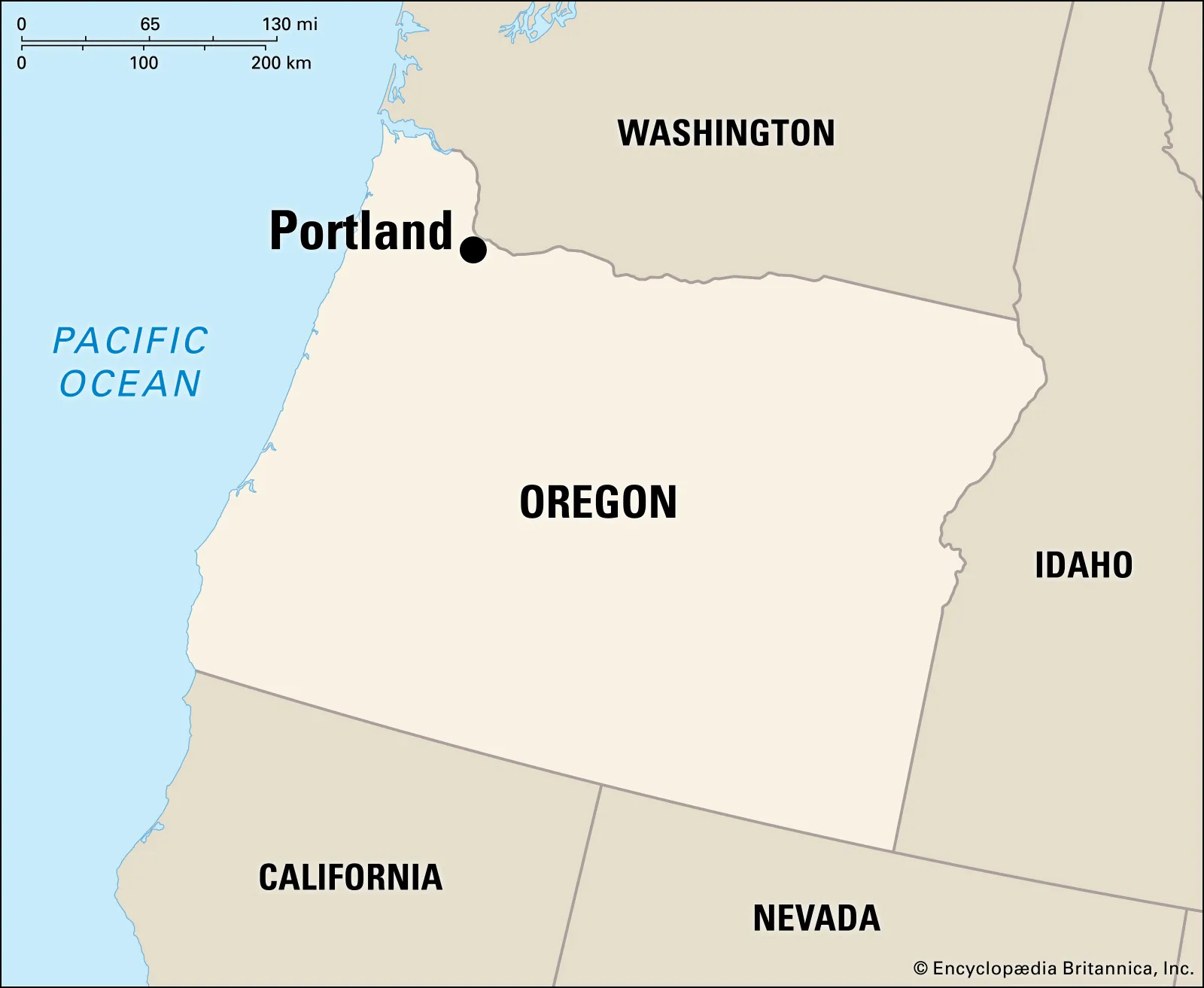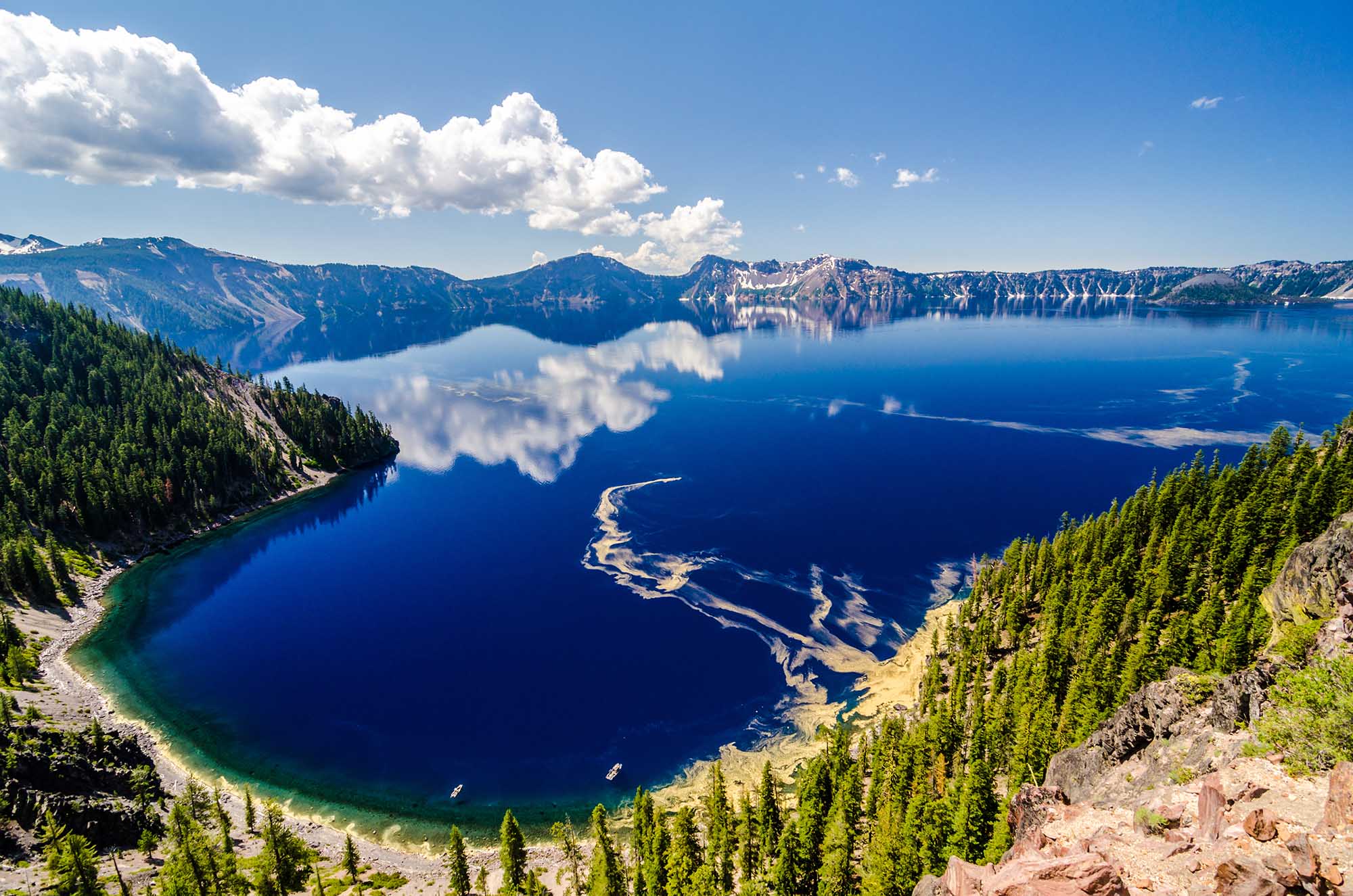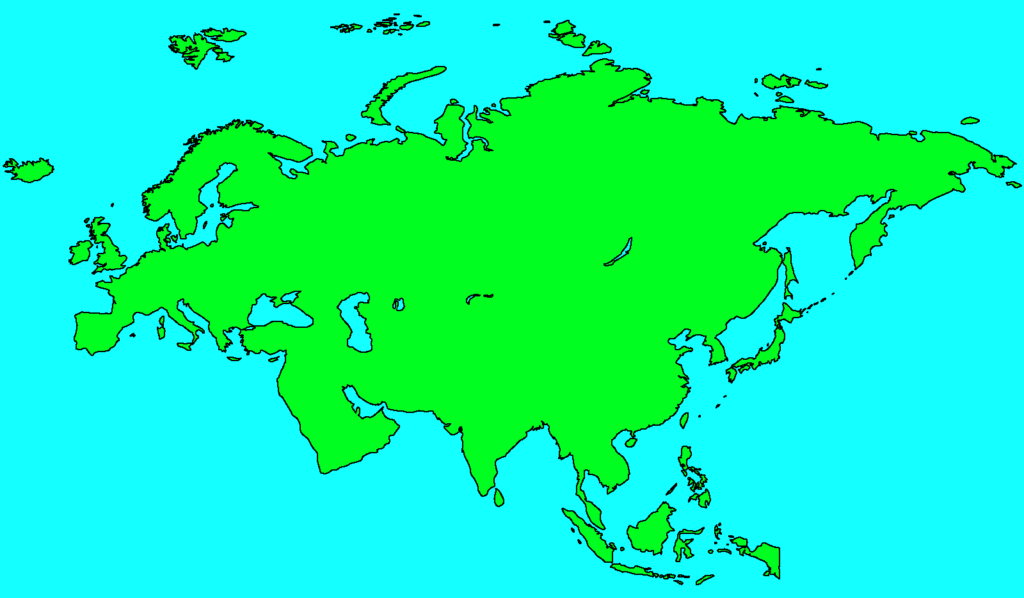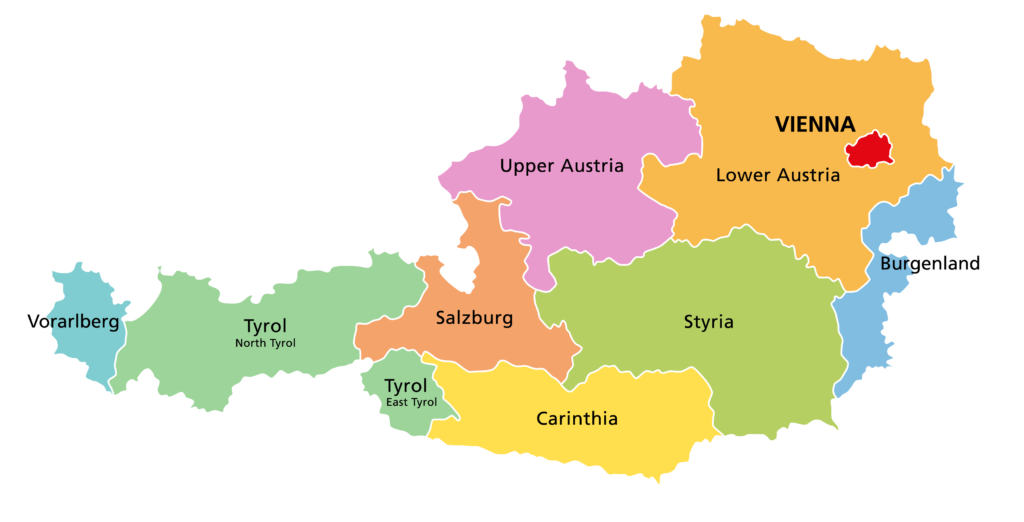Geography of Oregon
Oregon’s geography encompasses a variety of natural features, including the rugged coastline of the Pacific Ocean, the Cascade Range with its volcanic peaks, dense forests in the west, and high desert regions in the east. The state is bisected by the Willamette Valley, known for its fertile soil and agricultural productivity.
Key Geographic Features
- Pacific Coastline: Oregon boasts over 360 miles of coastline along the Pacific Ocean, characterized by sandy beaches, rocky headlands, and scenic vistas.
- Cascade Mountains: This volcanic mountain range runs through the state, featuring iconic peaks such as Mount Hood, Mount Jefferson, and Crater Lake, the deepest lake in the United States.
- Columbia River Gorge: A dramatic canyon carved by the Columbia River, offering opportunities for outdoor recreation and scenic beauty.
History of Oregon
Oregon’s history is rich with indigenous cultures, exploration, settlement, and economic development. Native American tribes such as the Chinook, Kalapuya, and Nez Perce have inhabited the region for thousands of years.
Historical Milestones
- Lewis and Clark Expedition: Explored the Oregon Territory in the early 19th century, documenting the landscape and interactions with Native American tribes.
- Oregon Trail: Pioneers traveled this historic trail in the mid-19th century, seeking land and opportunities in the fertile Willamette Valley.
- Statehood: Oregon became the 33rd state in 1859, marking its transition from a territory to a state within the United States.
Economy and Industry
Oregon’s economy is diverse, supported by agriculture, manufacturing, technology, and tourism. The state is known for its sustainability practices, outdoor recreation opportunities, and innovative industries.
Key Economic Sectors
- Agriculture: Oregon produces a variety of agricultural products, including berries, wine grapes, hazelnuts, and dairy products.
- Technology: The Portland metropolitan area is a hub for technology companies and startups, contributing to Oregon’s reputation as a leader in innovation.
- Tourism: Natural attractions like the Oregon Coast, Crater Lake National Park, and the Columbia River Gorge draw millions of visitors annually, supporting a vibrant tourism industry.
Culture and Society
Oregon’s culture reflects its diverse population, commitment to environmental stewardship, and appreciation for arts and outdoor activities. The state is known for its progressive values, culinary scene, and cultural festivals.
Cultural Highlights
- Portland: Known for its thriving arts scene, craft breweries, and food carts offering diverse cuisine.
- Outdoor Recreation: Oregonians enjoy hiking, skiing, fishing, and cycling in the state’s many parks, forests, and wilderness areas.
- Native American Heritage: Tribes such as the Confederated Tribes of Grand Ronde and the Confederated Tribes of Warm Springs preserve their cultural traditions and contribute to Oregon’s cultural diversity.
Maps of Oregon
Geographic and Political Maps
- Geographic Map: Detailed map showcasing Oregon’s topography, rivers, lakes, and major cities.
- Political Map: Illustrates Oregon’s counties, cities, highways, and boundaries within the United States.
Fun and Interesting Facts about Oregon
- Oregon is home to the deepest lake in the United States, Crater Lake, formed in the caldera of Mount Mazama.
- The Oregon Shakespeare Festival in Ashland is one of the oldest and largest regional theaters in the United States, attracting theater enthusiasts from around the world.
- Portland, Oregon’s largest city, is known as the “City of Roses” for its International Rose Test Garden and annual Rose Festival.
Conclusion
Oregon’s maps and facts highlight its natural beauty, historical significance, economic vitality, and cultural diversity. Whether exploring the coast, hiking through forests, or enjoying urban amenities, Oregon offers a unique blend of experiences for residents and visitors alike. This guide has provided a comprehensive overview of Oregon’s geography, history, economy, culture, and notable features, showcasing why it is a beloved destination in the Pacific Northwest.
What are 5 facts about Oregon?
Oregon is home to the deepest lake in the United States, Crater Lake. It was the first state to conduct all voting by mail. Oregon has more ghost towns than any other state. It’s the birthplace of Nike. The state animal is the beaver.
What is Oregon best known for?
Oregon is renowned for its stunning coastline, lush forests, and outdoor recreational opportunities. It’s also famous for its progressive environmental policies, craft breweries, and the Oregon Trail.
Why was Oregon called Oregon?
The origin of the name “Oregon” is uncertain. It may have derived from the Spanish “orejón,” meaning “big ear,” referring to the indigenous people’s earrings. Another theory suggests it came from the French word “ouragan,” meaning “windstorm” or “hurricane,” describing the strong winds off the coast.
What region is Oregon in?
Oregon is located in the Pacific Northwest region of the United States, bordered by Washington to the north, Idaho to the east, California and Nevada to the south, and the Pacific Ocean to the west.
What is Oregon’s highest point?
Mount Hood, an iconic stratovolcano in the Cascade Range, is Oregon’s highest point, standing at an elevation of 11,249 feet (3,429 meters) above sea level.
What is Oregon’s nickname?
Oregon is known as the “Beaver State.” The nickname honors the importance of beavers in the state’s history and economy, as well as their role in Oregon’s cultural heritage.
How many parts are in Oregon?
Oregon is traditionally divided into six geographical regions: the Coast Range, Willamette Valley, Cascade Range, Columbia Plateau, Basin and Range Region, and the Coastal Range.
What kind of land is in Oregon?
Oregon’s diverse landscape includes mountains, valleys, deserts, and forests. It features volcanic peaks, fertile valleys, and the rugged coastline of the Pacific Ocean.
What is the state symbol of Oregon?
The state animal of Oregon is the beaver, symbolizing industry and perseverance. It was officially designated as the state animal in 1969.
What is Oregon’s national flower?
Oregon’s state flower is the Oregon grape (Mahonia aquifolium), recognized for its yellow blossoms and blue berries. It was adopted as the state flower in 1899.
- Oregon Maps & Facts - June 14, 2024
- 10 Largest Cities In Africa - June 8, 2024
- Nevada Maps & Facts - June 6, 2024





